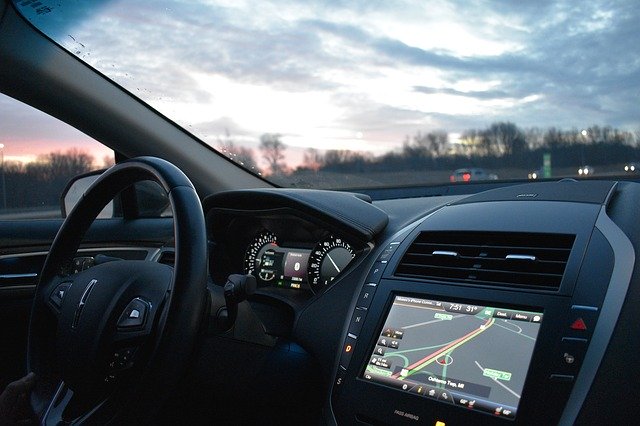Manufacturers are striving for innovation, and car technology is rapidly improving and changing to facilitate this. We’ve come a long way since 1959 when Volvo’s seatbelt invention was seen as a novelty back in 1959. Nowadays, cars are packed with tech – from the smart features that help drivers stay safe on the road to futuristic onboard tech with Heads Up Displays (HUP). We’ll discuss how the existing and future car tech create an environment where driving is easy.
Driver Monitoring Systems (DMS)
The basic version of this technology is to monitor driving behaviour and has been here since the mid-2000s. It has improved since then, with facial cameras that can recognize patterns of tiredness and drowsiness and alert the driver.
It also includes remembering driving preferences via face recognition and autonomous cars that can take over when the driver isn’t in a good condition.
One of the examples, Kia Sportage has a useful driver attention warning system that collects information on the usual driving behaviour & habits. When it doesn’t match the regular pattern, the system issues an alert.
Virtual Door Mirrors
Instead of traditional side mirrors, cameras are placed on the exterior. You can then see the outside view from the inside of a car via a digital screen. It’s still relatively new so you can expect major improvements down the road.
Some manufacturers opt for virtual door mirrors when making hybrid & electric cars like Audi e-Tron or Lexus ES. These camera mirrors aim to enhance visibility around blind spots when reversing, parking and in other similar situations.
Car to Car Connectivity
As 5G is being rolled out, car to car communication is enhancing further. The way it works is by sharing essential information, such as traffic alerts and road conditions.
All the vehicles that have this type of connectivity will benefit from the knowledge pool gathered by cars around. It can be used for planning trips ahead, find less congested paths and avoid road closures with more accuracy than a traditional GPS that doesn’t update in real-time as you’re driving.
Additionally, this type of technology will be essential when autonomous cars become more common, as shared information will shape the way vehicles drive and adjust to the road.
Voice Control
If you use Siri or Google Assistant often, it may come as no surprise that cars have this technology, too. However, it’s more advanced and is used for more than simply asking for directions or seeking answers.
Voice control in vehicles usually offers practical uses, such as air conditioning regulation, phone calls assistance, sat-nav function & volume control. It’s great for reducing accidents as there’s no need to check your phone for updates.
As you can see, in car-technology is only increasing as the years go by, with self-driving vehicles taking focus now. Innovators in the automotive sector are working hard to reduce driver distractions and improve connectivity so that the roads are safer and driving is more enjoyable.





